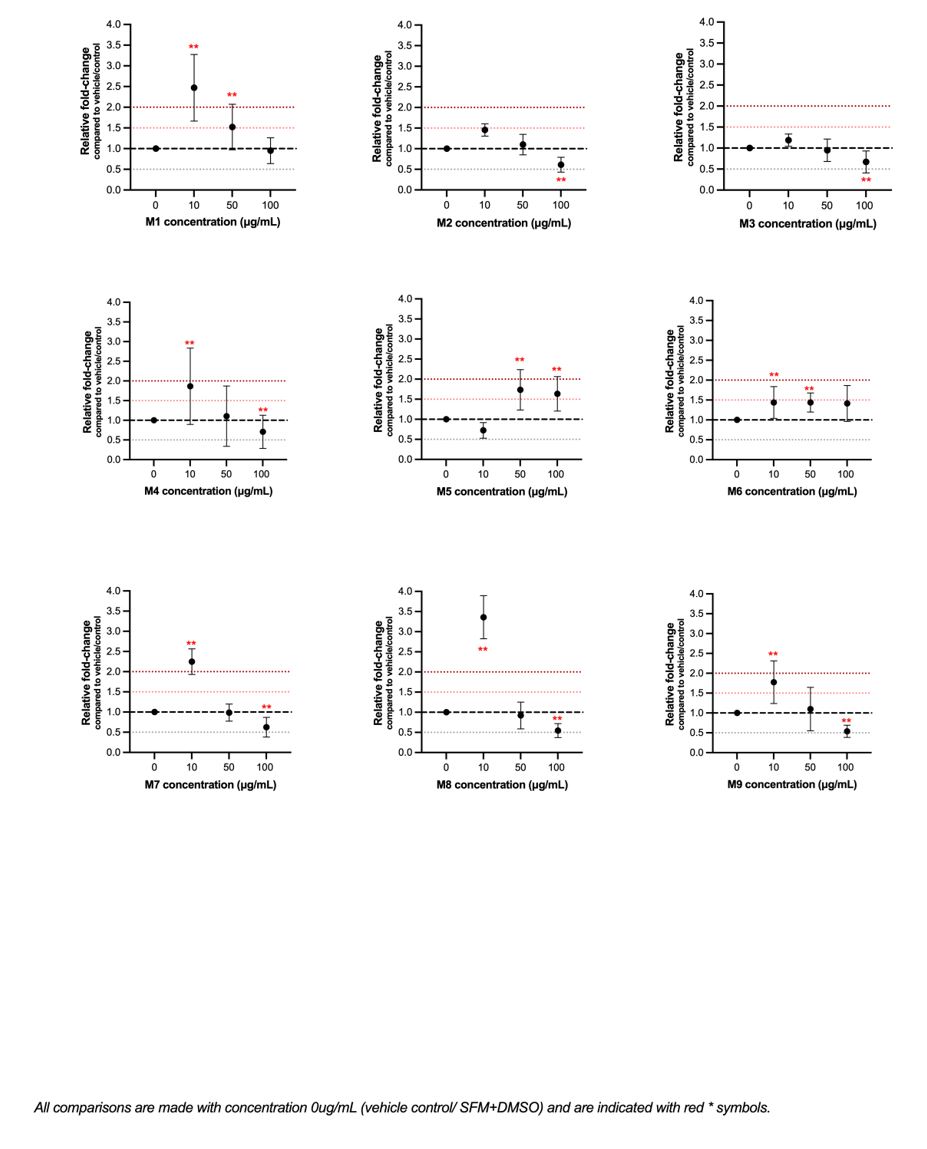ECCO Grant Study Synopsis: Margarita Papatheodoridi
Margarita Papatheodoridi, ECCO Grant Awardee
Deciphering the bioactive role of extracellular matrix fragments (matrikines) in Crohn's Disease (CD) fibrostenosis as potential therapeutic targets and biomarkers
 Margarita Papatheodoridi © Margarita Papatheodoridi |
Background & aim of research
We have pioneered in studying ex vivo extracellular matrix (ECM) remodelling, which is known for its key role in Crohn’s Disease (CD) fibrostenosis. By adding disease-relevant enzymes on the ECM of CD patients’ intestine, we identified numerous matrikines (specific ECM peptide fragments) unique in CD fibrostenosis. Peptidomics software analysis showed specific likelihood for bioactivity for 19 of those matrikines (Giuffrida et. al, unpublished data) ().
This project aims to explore the bioactivity of matrikines in CD fibrostenosis in vitro.
Figure 1. Project overview
Methodology/experiments that will be used
To assess the effect of the 19 matrikines on human intestinal myofibroblasts (iMFBs), key cells in CD fibrostenosis, first we performed BRDU and Prestoblue assays on iMFBs upon 24-h treatment with each of the 19 selected matrikines and showed that nine matrikines induce iMFB proliferation, without affecting cell viability in vitro.
Figure 2. Relative fold change in cell proliferation of primary human iMFBs after 24-h treatment with nine likely-to-be bioactive matrikines at 10, 50 and 100 μg/mL. All comparisons with vehicle/control (serum-free medium + DMSO 1.25%) that were statistically significant are indicated with red. P<0.05: p="" 0="" 005:="" p="" 0="" 001:="" p="">

Next, we selected the five top matrikines/optimal dose with the highest effect on proliferation (Fig. 2). RNA, proteins and supernatants were collected from iMFBs treated with M1, M4, M7, M8 or M9 10 µg/mL.
Gene expression assays showed:
- upregulation of ACTA2 with M1 or M7 and upregulation of COL1A1 with M1, M7 or M8, indicating activation of the iMFBs, but
- downregulation of MMP3 with M1, M8 or M9, suggesting reduced inflammation.
Transwell assays also showed that M4 and M8 induce iMFB cell migration, but they have no chemotactic effect. To further elucidate the molecular pathways of the top five matrikines, we performed RNA sequencing [Gene Set Enrichment Analysis (GSEA), currently running].
Anticipated main impact
Discovering the unknown bioactivity of these novel molecules will help in the understanding of CD fibrostenosis and it is hoped that they may serve as biomarkers or treatment targets in the future.
Proposed timeline
1st semester: iMFB cell culture, qPCR, migration assays, supernatant collection, protein retrieval and RNA sequencing: completed.
2nd semester: assessment of top up/down-regulated genes at protein level and soluble protein expression (by Luminex) and manuscript preparation.



